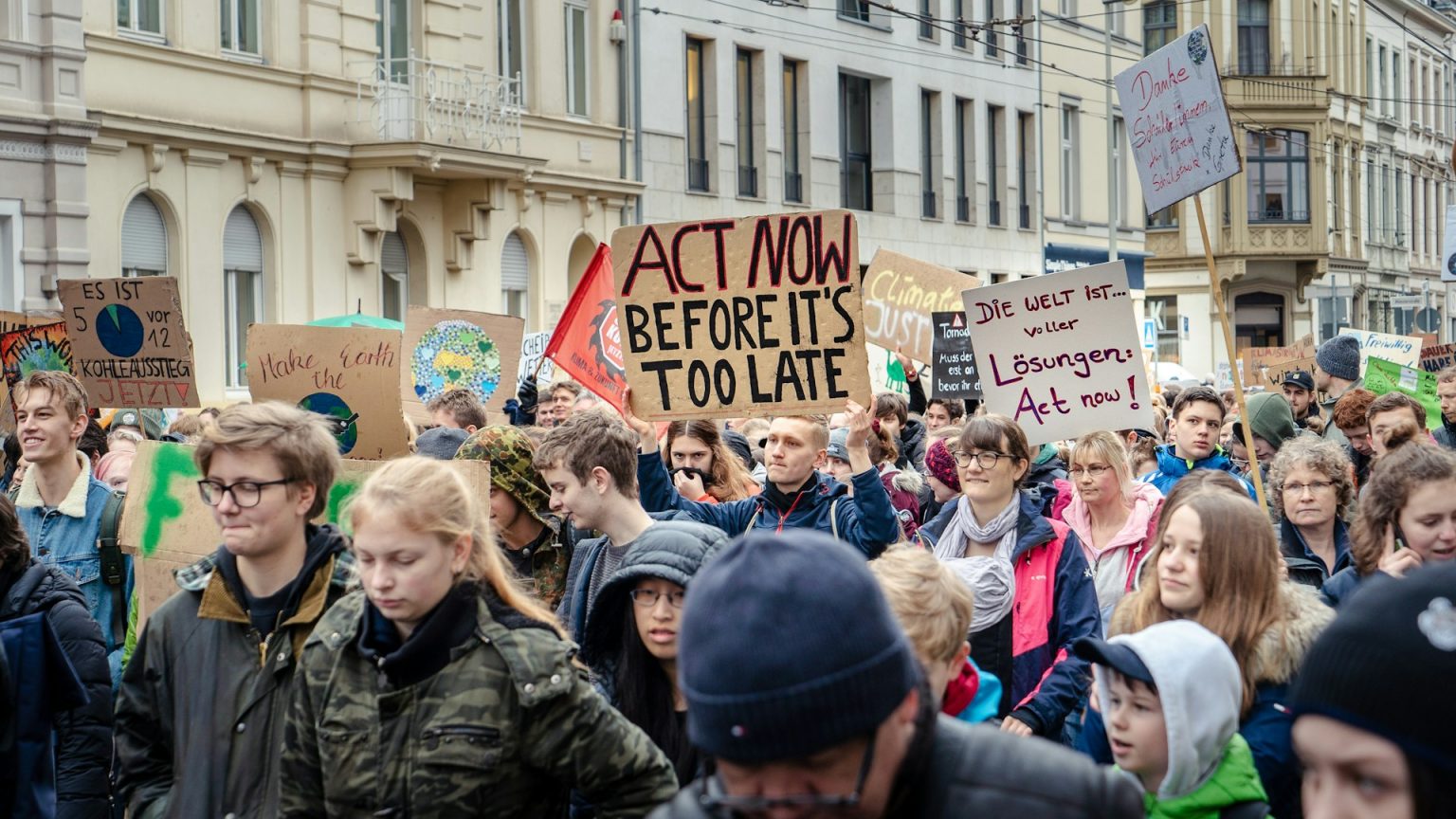Study: Lifestyles of the wealthy are to blame for climate change

Getty Images
- The rich use much more energy per person than the poor do.
- This holds up no matter where you go.
- The findings suggest that, as the global poor gain wealth, strategies to keep emissions and energy use down will have to aim at several areas of consumption.
A new study by researchers at the University of Leeds and published in Nature Energy has found that the lifestyle of the most affluent among us is responsible for using a much larger share of energy than their population size would suggest, in turn causing more fuel to be burned to provide it. While previous studies have already shown this to be true at the scale of nations, this study focuses on the differences in environmental both between people in the same country and between the people of different countries. The results, while not unexpected, add another layer of complexity to the problem of solving climate change.
When Income Inequality and Climate Change meet
Using data on energy consumption and income inequality from 86 countries in the highly developed European Union, the underdeveloped areas of the global south, and the up and coming BRICS nations the researchers hoped to create a clear picture of not only how much more energy the wealthy are using than the poor, but how it is consumed.
The findings were stark. The wealthiest ten percent use 20 times as much energy as the poorest ten percent of the population covered in the study. Portions of that consumption by the wealthy, particularly transportation-related, are vastly beyond the consumption of the poor even within the same countries. In most countries, the wealthiest ten percent of the population uses 187 times as much energy on transportation as the poorest tenth do. The findings were not limited to travel though, they also use 21 times as much energy on clothes.
These findings hold up across borders. If we all lived like the 300 richest Armenians, global energy consumption would be multiplied 27 times over.
These inequalities get even more notable when you consider flying. More than half of Brits don’t ever fly internationally and 70% of all flights there are taken by 15% of the population. Likewise, things like package holidays to Fiji aren’t known for their advertising campaigns to attract those making minimum wage. The same might be said of many products and services.
The authors created another chart showing four quadrants of energy use, which was then shared on Twitter.
As you can see, the things which take up the most energy are on the right, and the things which are the most elastic, meaning that the demand is most responsive to changes in price either up or down, often a sign that something is not a necessity, are at the top.
A glance will allow you to see that the most energy-intensive items tend to be luxuries; the author particularly wants you to look at how much energy is spent on flights. This tends to be spent by the better off, as the poor can’t always afford their own cars, jet-set travel, and the like.
The lower right-hand side, which is for energy-intensive items that are not elastic in nature, is dominated by electricity and heating. The size of this item isn’t just caused by burning dirty fuels or people using too much electricity when they start making money, but also by the vital importance of keeping your home warm enough and assuring the work electricity does is done.
However, inefficiencies caused by not being able to fix up your house, the need to use dirty fuel because nothing else is available, and other considerations means that the ratio between the energy usage by the top and bottom ten percent is only 13.
These inequalities get even more notable when you consider flying. More than half of Brits don’t ever fly internationally, and 70% of all flights there are taken by 15% of the population. Likewise, things like package holidays to Fiji aren’t known for their advertising campaigns to attract those making minimum wage.
What do the authors suggest we do?
The different quadrants of the above graph will require different approaches to deal with, so the authors make suggestions tailored to each of them.
For the top right-hand corner, which is dominated by the highly elastic transportation items, they recommend a strategy of decarbonization, curtailment, and taxation on frequent fliers. With the things in the top right, which are less elastic in nature, they suggest a redistribution of the services, a move away from the profit model in creating them, and broad decarbonization.
The last two blocks are both for items that are not luxurious and therefore call for different tactics. The authors advise against regressive taxation to lower consumption in both cases, call for decarbonization, and call for a public program of retrofitting homes to improve energy efficiency without putting it out of the price range of those who need it most.
You may notice that these suggestions are broad in scope, rather than calls for individuals to take a specific action. There is a reason for this. The authors acknowledge that the energy system is both an engineering issue as well as a social one. They understand that previous consumption patterns have created economic and cultural systems designed to sustain those old, carbon-spewing energy-intensive, habits. In short, they know that the problem is big enough to require a massive, policy-based response rather than asking a few people to try and drive their luxury car a little less or find cleaner fuel for the stove they cook with.
Furthermore, with predicted increases in global energy usage by 2050 being rather large – particularly for transportation- it will take such actions to fight climate change.
Energy usage is not uniform across societies. As everybody suspected, people with more money often use more energy- even on things which are not luxury goods. Any global strategy for fighting climate change will have to take these consumption patterns into account, not only for how people use energy now but for how the vast populations of countries which will soon be affluent will start spending their money when they have it.





